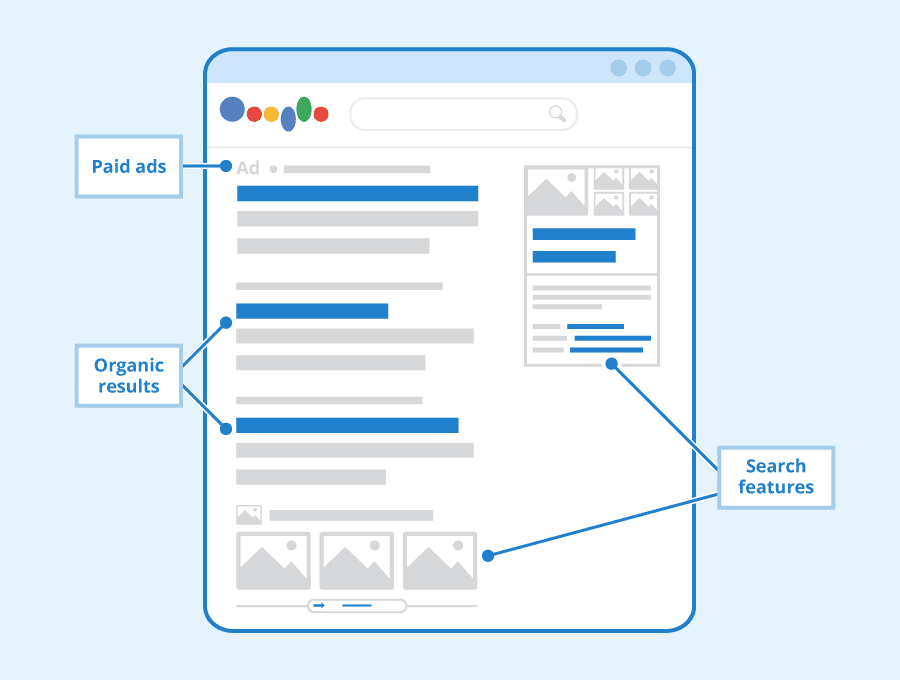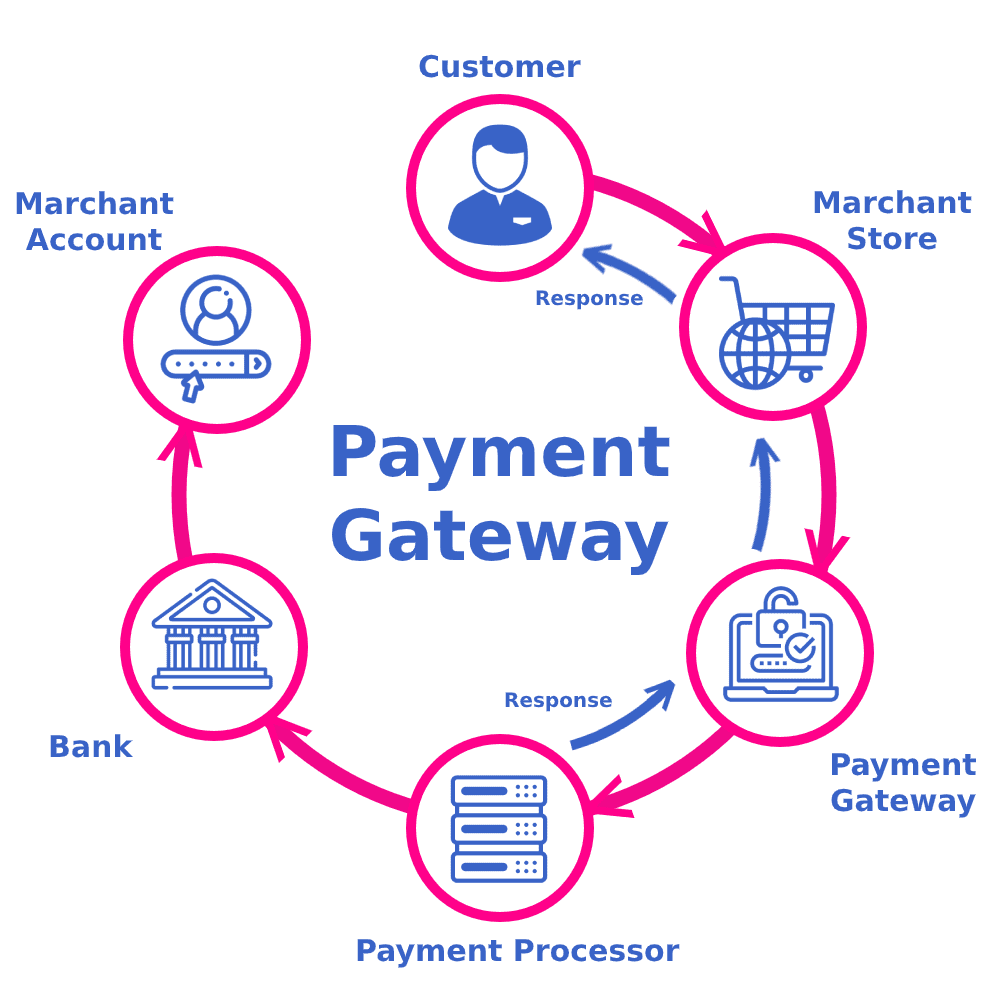Containers and Kubernetes
Containers and Kubernetes
.
An In-Depth Exploration of Containerization (Part of a series on Kubernetes): Containers and Kubernetes
Container and Kubernetes Series In the dynamic realm of software development, change remains a constant. The evolution of modern application deployment has been marked by numerous challenges, with containers playing a pivotal role in this transformation. These essential tools have revolutionized the way we build, deploy, and manage applications, driven by the needs and experiences of developers.
Rationale Behind Their Development:
Consider a period when deploying software was akin to solving a complex puzzle. Each environment had its unique characteristics, dependencies often conflicted, and scaling applications was a formidable task. Traditional deployment methods were fraught with difficulties and risks.
Containers emerged as the innovative solution to these challenges. Developers sought a method to encapsulate their applications and dependencies, ensuring consistent behavior across various environments. The necessity for a standardized, efficient, and scalable deployment approach led to the development of containers. They were not merely a convenience; they were a critical response to the complexities of software deployment.
As the demand for rapid and reliable software delivery increased, it became evident that traditional methods were unsustainable. So inevitably, containers addressed issues such as version mismatches, environment inconsistencies, and the unpredictability that plagued conventional deployment practices.
Containers and Kubernetes
Containers were developed to bring order to the complex world of software deployment. They offer a solution where applications can be packaged with all their dependencies, isolated from external variables, and deployed in any environment seamlessly.
Mow, lets look at the concept of containerization and examine how these tools have revolutionized software development.
Foundational Concept: Understanding Containerization
Having introduced the concept of containers, it is essential to understand the mechanisms within these systems. Containerization is a transformative approach that has redefined how we package, deploy, and manage applications. We will now delve into the foundational principles that make containers integral to modern software development.
What Are Containers?
Containers are self-contained environments for applications. They include everything an application requires to run—code, runtime, system tools, and libraries—within a single, lightweight package. Unlike virtual machines that replicate an entire operating system, containers share the host OS kernel, enhancing efficiency and reducing startup time.
Are All Containers the Same?
While “container” is a general term, various containerization platforms exist. Docker is a leading platform, known for its user-friendly interface and widespread use. However, alternatives like Podman and Containerd offer different features and approaches to container orchestration. The core principles remain consistent, though each platform has unique characteristics.
Containers and Kubernetes
Are Containers Secure?
Security remains a paramount concern, and containers offer a robust solution. They operate on the principle of isolation, ensuring each container functions independently, unaware of its counterparts. This isolation reduces the risk of one application affecting another. Furthermore, containerization platforms incorporate security features such as namespaces and control groups to enhance this isolation.
Are Containers Expensive to Use?
Contrary to common misconceptions, containers are cost-efficient. Their efficiency is derived from resource sharing—multiple containers can run on a single host, optimizing resource utilization compared to traditional virtualization. Containers also facilitate faster deployment and scaling, thereby reducing infrastructure costs and enhancing overall operational efficiency.
Grasping these fundamental concepts is crucial for leveraging the full potential of containers.
The Image – Dockerizing the Future
Having understood the foundational concepts of containers, we now turn to a pivotal player in the containerization landscape: Docker. Docker has become synonymous with containers due to its user-friendly approach, making containerization accessible and enabling developers to package and deploy applications with ease.
Container Images and Dockerfiles:
Central to Docker is the concept of container images. An image can be likened to a snapshot of your application, complete with all its dependencies, libraries, and configurations. This snapshot ensures consistency across various environments, from development to production.
The creation of these images involves Dockerfiles. A Dockerfile serves as a detailed recipe, outlining the dependencies, commands, and instructions required to build your application. Developers use Dockerfiles to encapsulate the entire environment necessary for their application, ensuring a seamless and reproducible deployment process.
How Are Containers Different from Traditional Virtualization?
In the virtualization domain, containers represent a modern approach. Unlike traditional virtualization, where each application runs in a separate virtual machine with its own OS, containers share the host OS kernel. This sharing reduces overhead and enhances efficiency, allowing containers to start quickly and utilize resources more effectively.
Is an Image a New Technology?
The concept of container images has indeed brought innovation to software development. While the idea of packaging applications is not new, Docker and containerization have streamlined and popularized the process. They have made it accessible to developers of all skill levels, promoting a culture of reproducibility and consistency.
How Do You Change an Image?
Modifying an image is similar to updating a recipe. To incorporate new features or adjust configurations, developers return to the Dockerfile. By modifying the Dockerfile, rebuilding the image, and deploying the updated version, changes made in the development environment are seamlessly propagated throughout the deployment pipeline.
With a solid understanding of images and Dockerfiles, we can now explore the numerous benefits that containers offer.
Benefits of Containers – Unlocking the Power
Containers are not merely industry buzzwords; they are transformative tools reshaping the way we build, deploy, and scale applications. What makes containers the cornerstone of modern software development?
Containers and Kubernetes
Consistency Across Environments:
Imagine developing an application on your local machine, testing it in a staging environment, and deploying it to production—all with the assurance that it will behave the same in each setting. Containers make this dream a reality. The encapsulated nature of containers ensures that the application runs consistently, regardless of the environment, minimizing the notorious “it works on my machine” dilemma.

Efficient Resource Utilization:
Containers operate on the principle of sharing resources with the host OS, making them incredibly lightweight compared to traditional virtual machines. This efficiency allows for a higher density of application instances on a single host, optimizing resource utilization. With containers, you can do more with less, translating to cost savings and improved performance.
Scalability and Elasticity:
Containers offer a scalable solution, allowing applications to scale up or down seamlessly based on demand. Whether you’re experiencing a sudden spike in traffic or a lull in activity, containers adapt effortlessly. Container orchestration tools, like Kubernetes, further enhance this capability by automating the deployment, scaling, and management of containerized applications.
Rapid Deployment:
Gone are the days of waiting for ages for applications to start. Containers boast lightning-fast start times, enabling rapid deployment and reducing time-to-market. This agility aligns perfectly with the fast-paced nature of modern software development, allowing teams to iterate quickly and respond promptly to user feedback.
Portability:
Containers encapsulate an application and its dependencies, making them highly portable. An application that runs in a container on your laptop will run the same way on a different machine, in the cloud, or on-premises. This portability simplifies the deployment process and facilitates seamless movement across diverse environments.
Version Control and Rollbacks:
Container images act as version-controlled snapshots of your applications. This versioning facilitates easy rollbacks in case an update introduces unforeseen issues. With a simple switch to a previous container image, you can revert to a stable state, minimizing downtime and ensuring a reliable release process.
From ensuring consistency to enhancing scalability and deployment speed, containers are revolutionizing how we build and manage applications.
Concerns about Containers – Navigating the Pitfalls
While containers offer a plethora of benefits, it’s crucial to address potential concerns and pitfalls that can arise during their adoption.
Complexity of Orchestration:
Container orchestration tools like Kubernetes, while powerful, can be complex to set up and manage. The learning curve is steep, and improper configurations can lead to issues. However, investing time in understanding these tools and leveraging resources like tutorials, documentation, and community support can help in mastering container orchestration.
Containers and Kubernetes
Persistence and Stateful Applications:
Containers are designed to be stateless, meaning they don’t retain data or state between executions. While this is advantageous for many applications, stateful applications may face challenges. Strategies like using external storage solutions or stateful sets in Kubernetes can address these concerns and ensure data persistence.
Cultural Shifts and Skill Gaps:
Adopting containers often necessitates a cultural shift in development and operational practices. Additionally, teams may face skill gaps in understanding container technologies. Addressing this challenge involves fostering a culture of continuous learning, providing training opportunities, and gradually introducing container concepts to the team.
The Future of Containers – Where the Journey Leads
As we stand on the precipice of technology’s ever-evolving frontier, the future of containers promises to be nothing short of intriguing. With innovations sprouting like digital wildflowers, let’s peer into the techno-crystal ball and envision what lies ahead for our trusty containers.
Evolving Orchestration:
Container orchestration tools like Kubernetes have already revolutionized the deployment and management of containerized applications. The future holds even more sophisticated orchestration capabilities, seamlessly integrating with emerging technologies like serverless computing and edge computing.
Increased Standardization:
As containers continue to cement their place in the tech ecosystem, we can anticipate enhanced standardization across container runtimes, images, and orchestration interfaces. This will simplify interoperability and portability, making it easier to deploy and manage containers across diverse environments.
Edge Computing Integration:
With the rise of edge computing, containers are set to play a pivotal role in bringing computing power closer to the data source. This integration will enable more efficient and responsive applications, especially in scenarios where low latency is critical.
Container-Native Development:
The future might witness a shift towards container-native development practices, where applications are designed and developed with containers in mind from the outset. This approach could streamline the development lifecycle and further optimize the advantages offered by containerization.
Enhanced Security Measures:
As containerized environments continue to mature, so will the security measures surrounding them. Anticipate advancements in container security, including more robust tools, increased automation, and standardized best practices to fortify containerized applications against evolving cyber threats.
Collaboration with Emerging Tech:
Containers will likely forge alliances with emerging technologies like artificial intelligence (AI) and machine learning (ML). This collaboration could lead to more intelligent and adaptive container orchestration, resource management, and automated decision-making processes.
The future of containers is an exhilarating ride through the ever-shifting landscapes of technology. From sophisticated orchestration to increased standardization, edge computing integration, container-native development, enhanced security measures, and collaboration with emerging tech, containers are poised to continue shaping the digital horizon.
The Container Odyssey: Containers and Kubernetes
History Unpacked:
In our time-travel escapade, we unpacked the history of containers, revealing the grand design behind their creation. It’s like unwrapping a tech time capsule, discovering the “why” that set this container revolution in motion.
Foundational Revelations:
Containerization, our technological superhero, emerged from the shadows. It’s not just a box; it’s a magic lamp granting wishes for packaging, isolation, and consistent deployment. Secure, cost-effective, and not a one-size-fits-all affair—our containers come in all shapes and sizes.
Docker’s Artistic Canvas:
Docker, the Picasso of containers, painted images with Dockerfiles and brushes of innovation. Changing an image is an art form—no need for a digital palette; just tweak the code, and voilà, a masterpiece is born.
Benefits Ballad:
In the Benefits Ballad, our containers sang sweet melodies of consistency, efficiency, and scalability. Like a musical score, they orchestrated a symphony across environments, captivating audiences with their resource utilization prowess.
Concerns Waltz:
Amidst the merriment, we danced with the Concerns Waltz, acknowledging potential pitfalls. Every dance has its missteps, but with awareness and caution, our container waltz remains graceful.
Future Fantasy:
Peering into the Techno-Crystal Ball, we envisioned a future where containers evolve, orchestrate, standardize, integrate, and collaborate with emerging tech. A future where containers are not just a tool but an integral part of the digital saga.
Encore:
I am pretty sure that this bleeding edge technology will become the new paradigm of development. It is stable, scalable, cost-efficient, cross-platform, cross-cloud, and fast to deploy.
* I am always curious. Please tell me what you think about the future of containers.
Always be kind,
#ThePragmaticTechie
By Frank Joseph Rodgers


















